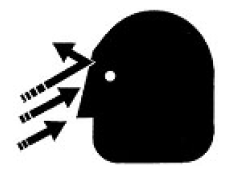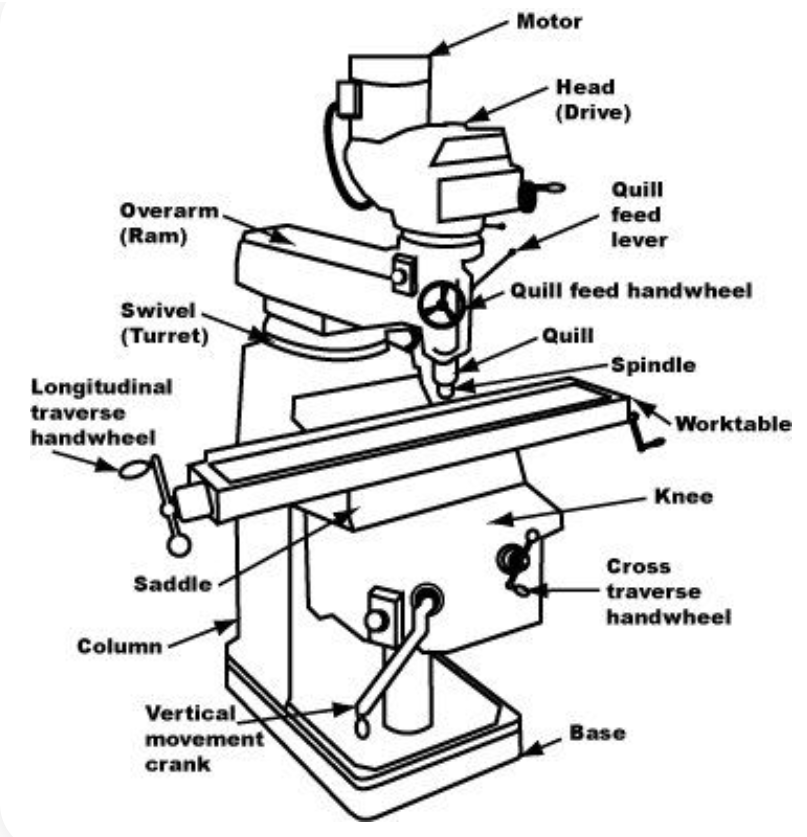Category:Milling Machines
From Artisans Asylum Wiki
| Vertical Milling Machines | |
|---|---|
| General Info | |
| Make | various |
| Model | |
| Serial | |
| Specs | |
| Manual | |
| Asylum Info | |
| Location | Machine Shop |
| Rubric | |
| Training | |
| Testing | |
| Restrictions | red |
Description
On a milling machine, parts are created by removing material from a solid block (or workpiece) using a variety of spinning cutting tools.
A 3-axis vertical milling machine has a variable-speed vertical spindle and a heavy table that translates underneath it. A metal workpiece is clamped to the table and a cutting tool is held in the spindle. Cutting is done by moving the workpiece against the spinning tool, or by lowering the spinning tool into the workpiece.
A CNC milling machine operates by computer control. Motors are attached to the movement mechanics allowing the computer to make precision-machined parts automatically.
| Use For | Do Not Use For |
|---|---|
|
|
Safety Notes
Personal
| Eye protection required! | ||
|---|---|---|
- Wear safety goggles. Eyeglasses are NOT safety goggles.

| |
|---|---|
- Beware of flying chips. They are HOT and SHARP.
- Do not wear loose clothing or jewelry when operating the machine. Long hair must be tied back or covered.
- Do not wear gloves. Gloves can be drawn into a cut by the spinning tool.
- Do not remove chips from the cutting area with bare hands. Use a chip brush or a shop-vac.
- Always keep a secure, stable stance. Avoid over-reaching. Clean up oil spills immediately and avoid slipping. Keep the work area clear of trip hazards.
Machine
Pages in category "Milling Machines"
The following 6 pages are in this category, out of 6 total.
